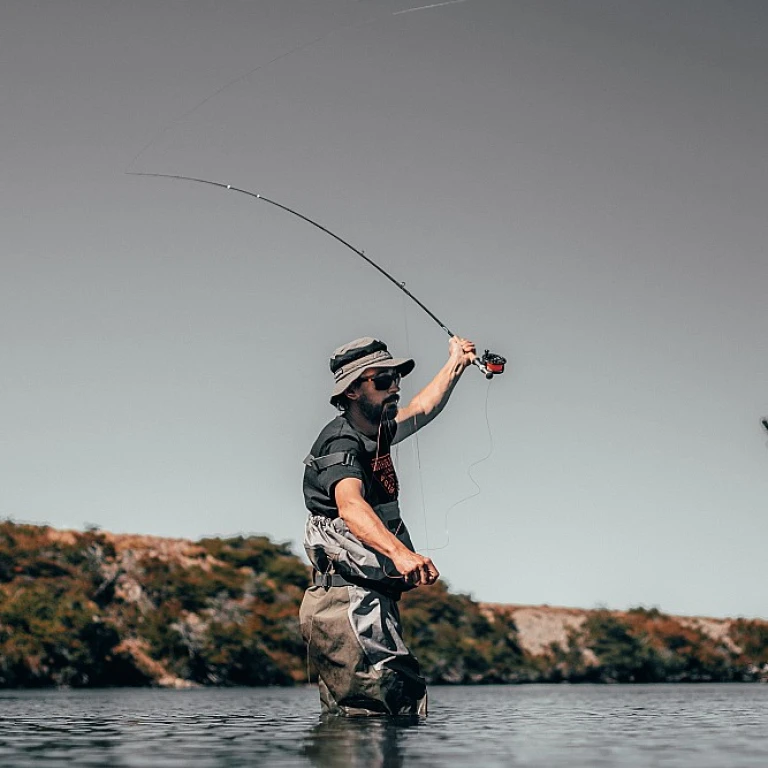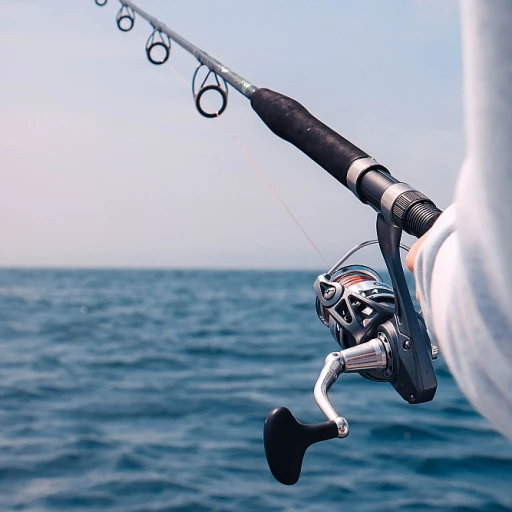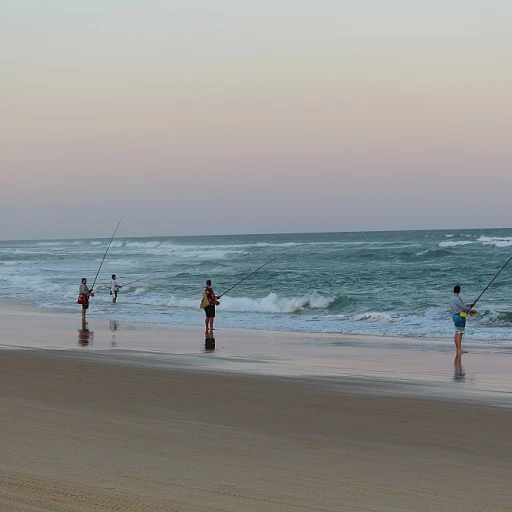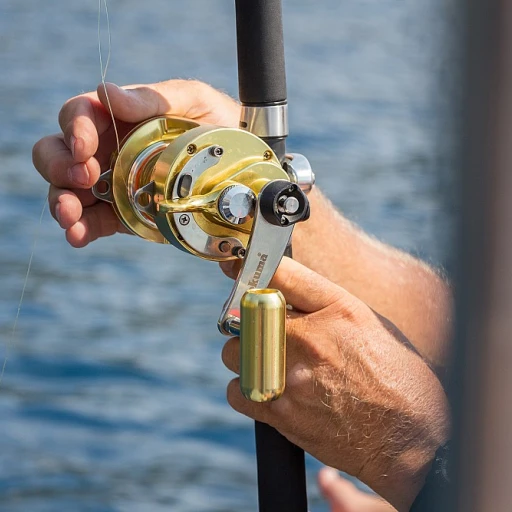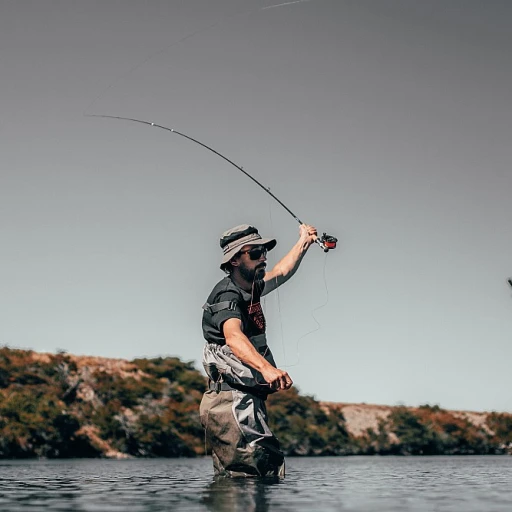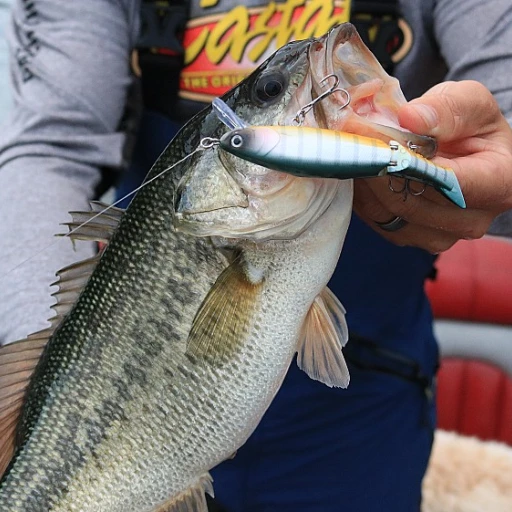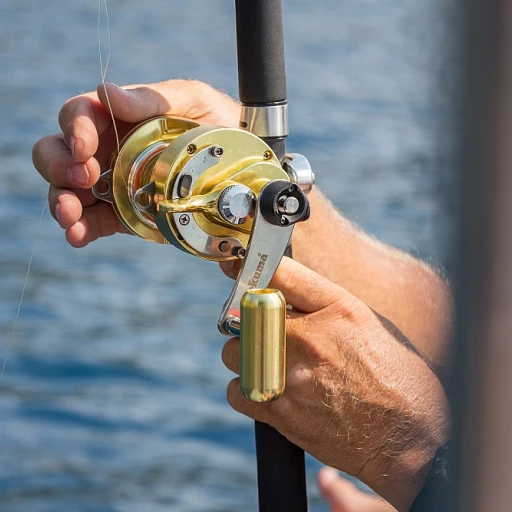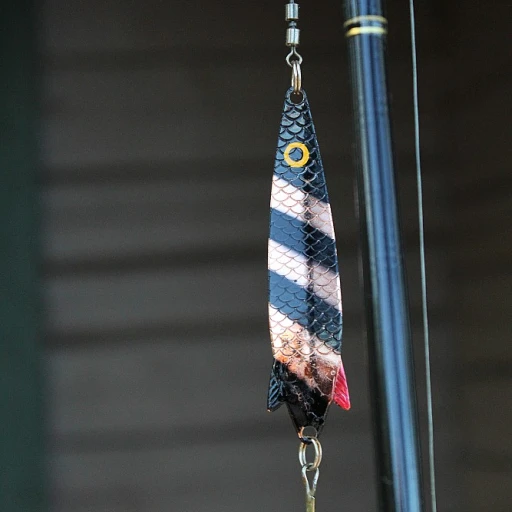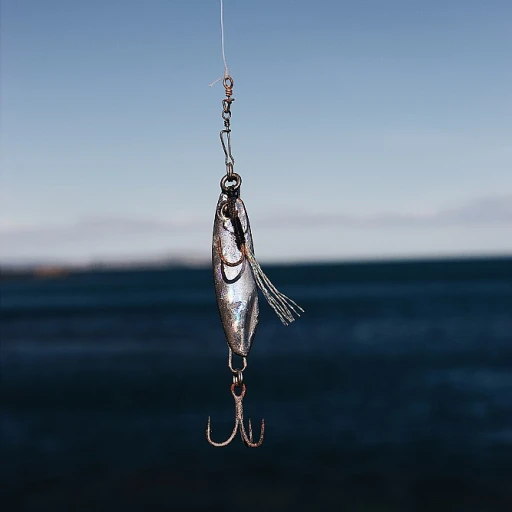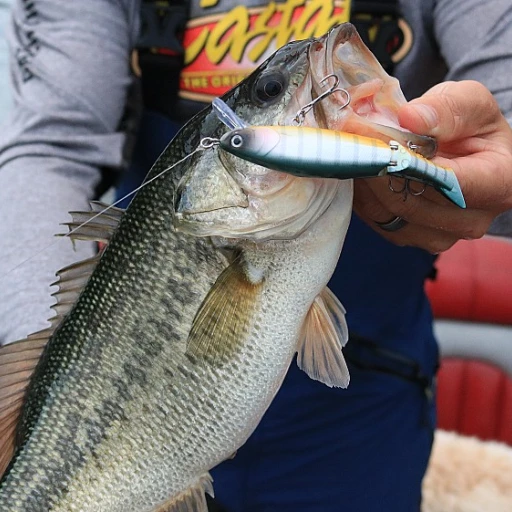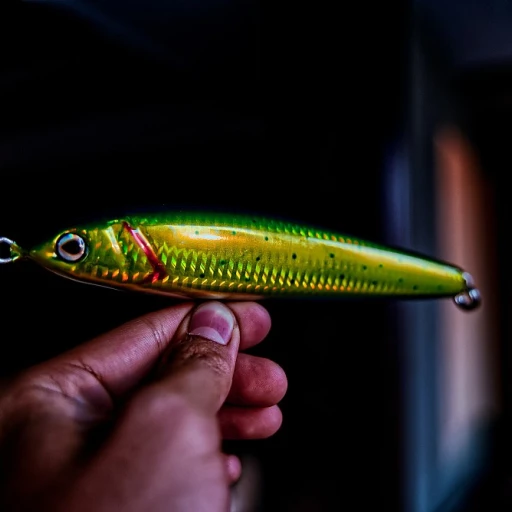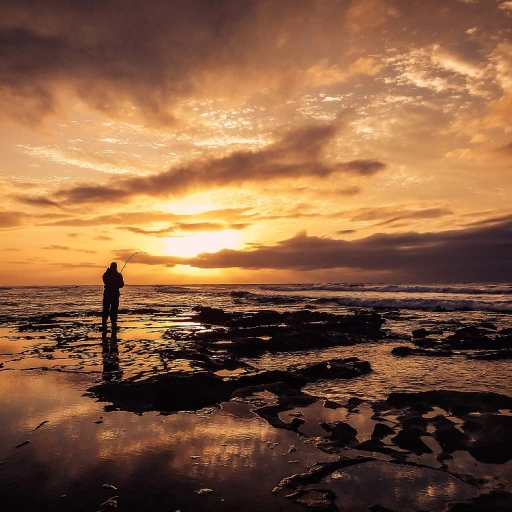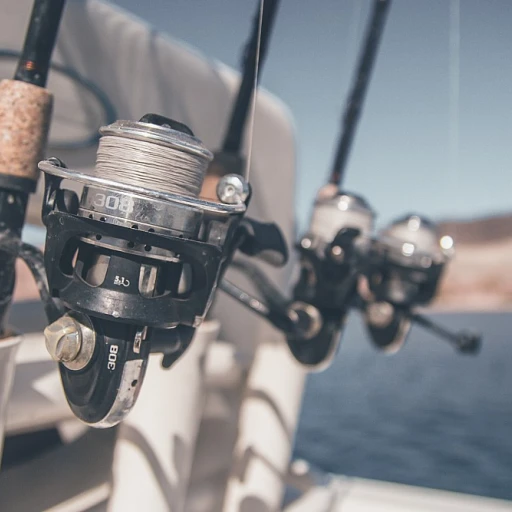
Understanding Florida Stone Crab Traps
Decoding the Mechanics
Understanding the nuances of Florida stone crab traps is key to a successful recreational experience. Unlike fishing in other areas, this particular activity requires the use of specialized traps designed specifically for stone crabs. These traps, often called crab traps or stone crab traps, come with certain characteristics that make them effective and compliant with Florida's specific fishing regulations. In the world of recreational fishing, stone crab traps are designed to maximize efficiency without causing harm to the marine ecosystem. The traps are typically constructed from durable materials like the plastic stone versions favored by many anglers. Unlike their commercial counterparts, recreational stones are tailored to be user-friendly for hobbyists looking to catch stone crabs during the designated stone crab season. Each trap must be equipped with appropriate escape mechanisms, such as an escape ring. This is to ensure that undersized crabs, including the blue crabs often found in Florida's waters, can exit the trap easily. The key specification for these escape rings is that they must be precisely large enough for non-targeted fish or undersized stone crabs to pass through without issue, maintaining balance in the crab fishery. For those new to this type of fishing saltwater, choosing the right stone crab trap involves considering factors like durability, trap set design, and ease of transport. As one delves deeper into setting up and maintaining these traps, it's essential to look into various features that might suit your style of fishing, whether you're targeting blue crabs or stone crabs. Setting up your new trap can be a breeze once you've navigated the registration and tag requirements, including paying the necessary fees and understanding licenses permits. For novice anglers, investing in reliable boat storage solutions can enhance your overall experience, ensuring you have a secure place for your gear when not in use. Learn more about boat storage solutions to make the most of your recreational fishing journey in Florida.Choosing the Right Trap for Your Needs
Discovering the Perfect Trap for Your Catch
When it comes to mastering the art of using stone crab traps in Florida, selecting the right trap is crucial for a successful and enjoyable fishing experience. The variety of traps available—each differing in design and capacity—plays a significant role in maximizing your haul during the stone crab season. Start by considering the different trap materials on the market:- Plastic stone crab traps: Popular for their durability and resistance to corrosion, making them ideal for prolonged use in saltwater environments.
- Traditional wooden traps: Favored for their heavier weight, which helps keep the trap stable on the ocean floor.
- Dimensions: Florida regulations require that traps should not exceed 24 x 24 x 24 inches.
- Escape rings: Essential to allow smaller crabs, like the blue crabs, to escape, thus conserving the crab fishery.
- Trap tags and registration: Remember, each trap must be properly tagged and registered with a valid license and permits.
Setting Up Your Trap: Tips and Techniques
Setting Up Your Stone Crab Trap in Florida
To begin your journey in stone crab trapping in Florida, it's essential to have the right setup to increase your chances of a successful catch. Assembling and deploying your crab traps properly can make a significant difference in your results. Here's a step-by-step guide to help you get started:
- Location Matters: Finding the ideal spot is crucial. Look for shallow, rocky areas where stone crabs thrive. Pay attention to tides and currents, as these can influence the movement of crabs, impacting your catch stone rates.
- Preparing the Trap: Before setting your trap, ensure it's equipped with the necessary features. A proper escape ring is vital to allow non-targeted species and undersized crabs to exit freely. This will not only help in complying with fishing regulations but also contribute to the sustainability of Florida's crab fishery.
- Baiting the Trap: Choosing the right bait can significantly increase your success. Stone crabs are particularly attracted to fish, so using fish scraps or commercially available crab bait will yield the best results. Place the bait securely within the trap to prevent it from being washed away.
- Deploying the Trap: Once your trap is ready, carefully place it in the selected location. Make sure it's weighted down properly to prevent it from being moved by strong currents. Tag each trap with your registration and licenses permits as per Florida’s regulations.
- Monitoring the Trap: Check your traps regularly, ideally every 24 to 48 hours, to optimize your catch of recreational stone crabs. This will help you maintain the health of the crab and maximize the quality of crab claws.
Properly setting up and managing your trap is essential not just for a successful haul, but also for adhering to environmental conservation standards and ensuring the sustainability of the stone crab season. Attention to detail and careful planning are thus your best allies in mastering the art of stone crab trapping in Florida.
Navigating Florida's Fishing Regulations
Following the Guidelines: Licensing and Limitations
Navigating Florida’s fishing regulations is key to enjoying a successful and legal stone crab fishing experience. Understanding the necessary licenses, permits, and regulations can prevent any potential setbacks and enhance your stone crab fishing adventures.
First and foremost, it is crucial to ensure you have the appropriate licenses and permits. If you are a recreational fisherman engaging in stone crab trapping, you'll need to secure the recreational saltwater fishing license. This permits you to set your crab traps legally, while also allowing you to catch other saltwater species.
- Trap Registration and Tags: Apart from the fishing license, you should register your traps. Each stone crab trap must be tagged with an ID and conform to the state’s regulations, which vary between recreational and commercial endeavors. Make sure to check the exact specifications for your circumstances.
- Size and Quantity Regulations: Regulations stipulate that the capture of stone crabs is restricted mostly to their claws, which must be at least 2.75 inches in size. Surpassing the quantity limits imposed could result in fines or other penalties.
- Specific Seasons: The stone crab season in Florida typically runs from October 15 to May 1. Familiarizing yourself with these dates is crucial to avoid any fishing outside the legal season.
Beyond the general regulations, keep an eye on updates or changes that might occur in state-mandated rules. For instance, the implementation of escape rings on plastic stone crab traps can vary annually. Staying informed is a proactive step toward ensuring you adhere to guidelines while enjoying the sport.
Maximizing Your Catch: Strategies and Insights
Strategies for a Successful Catch
To maximize your opportunities in Florida's recreational stone crab fishery, it's essential to refine your techniques. Once you've carefully selected and set up your traps, employing the right strategies will ensure a bountiful haul.- Timing is Key: The stone crab season in Florida runs from October to May. Knowing the best times to fish not only helps in avoiding commercial crabbing congestion but also increases your chances of a full trap. Recreational fishers often find early morning or late afternoon ideal.
- Optimal Trap Placement: Placing your stone crab traps in areas with sandy or muddy bottoms, where crabs likely forage, can greatly influence your catch rate. Make sure traps are set correctly and consider areas less frequented by commercial activities.
- Bait Selection: Effective bait is crucial. While different regions might prefer specific bait types, commonly used options like fish heads or crushed blue crabs can attract the stone crabs' attention. Refresh the bait regularly to maintain its effectiveness.
- Monitoring and Maintenance: Regularly inspect your traps for damages and ensure the escape rings are functioning correctly. This not only aligns with Florida regulations but also enhances the chances of survival for undersized crabs.
- Understand Licensing and Permissions: Having the proper licenses and permits, including trap registration and tags, is vital. Monitoring legal prerequisites such as catch limits, registration fees, and mandatory reporting keeps your recreational activities compliant with local regulations.
- Adaptability: Sometimes, changing locations or adjusting the depth of the traps can result in better catches. Observing patterns and being ready to tweak your techniques based on conditions can turn a mediocre day into a successful outing.
Common Challenges and How to Overcome Them
Overcoming Common Challenges in Stone Crab Trapping
When embarking on a recreational stone crab adventure in Florida, enthusiasts often encounter several challenges. Being prepared and educated can make the difference between a fruitful stone crab season and a frustrating experience. Trap Placement and SetupMany recreational fishermen find the initial setup and placement of traps to be tricky. Properly setting up your stones traps requires knowledge of the local waters and stone crabs' habits. Position your traps where crabs are known to congregate, such as rocky bottoms or seagrass beds. Ensure that your trap tags are up-to-date, and your escape ring is installed correctly to comply with regulations. Adhering to Florida's Regulations
In Florida, fishing saltwater and adhering to the fishing regulations is crucial. It's not uncommon to miss out on a catch due to improper trap registration or failure to obtain necessary licenses permits. Keep track of any changes in the regulatory landscape, and ensure your traps meet the required specifications, including size limits and escape mechanisms. Managing Bycatch
Another challenge faced is dealing with bycatch, such as blue crabs or fish, which can inadvertently end up in your crab traps. Regularly checking your traps and understanding the local biodiversity will aid in minimizing unintentional captures. Some fishermen use plastic stone traps to reduce bycatch, ensuring a more ethical and focused capture of stone crabs. Navigating Weather Conditions
Florida’s weather conditions can be unpredictable, posing a risk to your traps set in the water. To avoid losing traps or having them damaged, monitor the weather forecasts closely and retrieve traps before storms hit. Maintaining Trap Quality
Commercial and recreational stone traps alike can suffer from wear. It is essential to regularly check and maintain your gear to ensure it's capable of withstanding the harsh marine environment. This includes inspecting the materials of the traps, particularly the hinges and lift mechanisms. Overcoming these hurdles requires patience and persistence, but mastering the nuances of the stone crab fishery will greatly enhance your recreational fishing experience. Stay committed to adhering to the state's guidelines, and you will maximize your stone crab catch while enjoying the thrills that the open sea offers.

